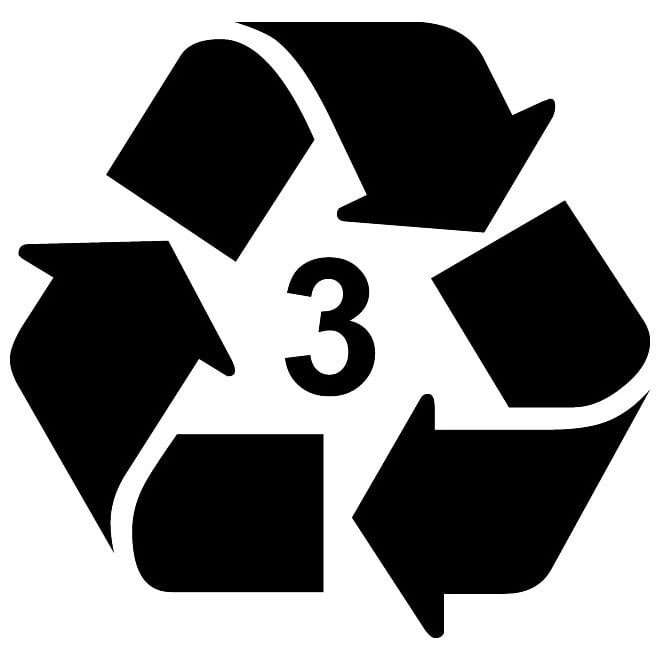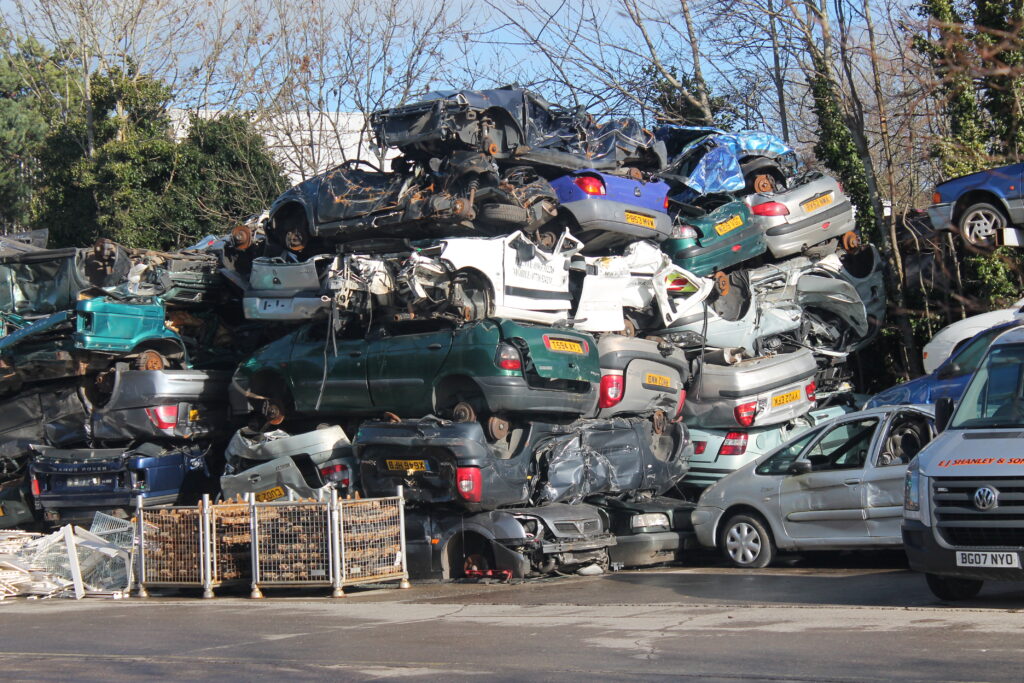The automotive industry has witnessed a significant rise in the number of vehicles reaching the end of their roadworthiness, resulting in an ever-increasing supply of scrap cars. While the disposal of these vehicles may seem like a tedious task, it is essential to address their environmental impact and explore viable solutions. In this informative article, we delve into the intricacies of the life cycle of a scrap car, from its initial removal to the intricate processes of recycling. By shedding light on this often overlooked aspect of the automotive world, we aim to provide a comprehensive understanding of the measures necessary to combat this growing issue.
Table of Contents
- Scrap Car Removal: Efficient and Environmentally Friendly Methods
- Evaluation and Disposal: Ensuring Proper Recycling Procedures
- Maximizing Value: Tips for Getting the Most Out of Your Scrap Car
- Legal and Environmental Considerations: Regulations for Scrap Car Recycling
- In Retrospect

Scrap Car Removal: Efficient and Environmentally Friendly Methods
When it comes to scrap car removal, efficient and environmentally friendly methods are essential to ensure minimal impact on the environment. At each stage of a car’s life cycle, from removal to recycling, there are processes in place to maximize the reuse of materials and minimize waste.
Removal:
- Professional scrap car removal services use specialized equipment and skilled technicians to safely and efficiently move vehicles from their current location.
- Transportation methods prioritize minimizing fuel consumption and emissions, often utilizing eco-friendly vehicles or optimizing routes to reduce distance traveled.
- Upon collection, all fluids and hazardous materials are drained and disposed of properly to prevent pollution.
Disassembly:
- Scrap cars are carefully disassembled to separate and remove various components that can be recycled or reused.
- Valuable materials like steel, aluminum, and copper are extracted and sent to metal recycling facilities for processing.
- Gentler methods such as shredding and compressing are employed to ensure materials are recovered efficiently and retain their quality.
- Items like tires, glass, rubber, and plastics are also processed separately for appropriate recycling or environmentally friendly disposal.

Evaluation and Disposal: Ensuring Proper Recycling Procedures
<p>Proper evaluation and disposal of scrap cars are essential to ensure efficient recycling procedures and reduce the environmental impact associated with automotive waste. When a car reaches the end of its life cycle, it undergoes a series of steps, from removal to recycling, that helps us recover valuable materials and minimize waste. Let's explore the journey of a scrap car and the measures taken to ensure its proper recycling.</p>
<p>1. <strong>Assessment and Collection:</strong> The first step in the evaluation process involves assessing the condition of the scrap car. Trained professionals meticulously inspect the vehicle, considering factors such as age, condition, total mileage, and potential salvageable parts. Once this evaluation is complete, the car is collected and transported to an authorized scrap yard, where the recycling process will take place.</p>
<p>2. <strong>De-pollution and Fluid Removal:</strong> Prior to recycling, it is crucial to remove all hazardous fluids and components from the scrap car. This involves draining and collecting substances like gasoline, engine oil, transmission and brake fluids, coolant, and other potentially harmful chemicals. Specialized techniques and equipment are utilized to ensure the safe disposal or eco-friendly treatment of these fluids, preventing any negative impact on the environment.</p>
<p>3. <strong>Dismantling and Salvage:</strong> After de-pollution, the process transitions to dismantling the scrap car. Skilled technicians carefully disassemble the vehicle, salvaging various components and parts that can be refurbished, resold, or reused. This not only promotes sustainability by extending the lifespan of usable parts but also reduces the need for manufacturing new parts, saving valuable resources in the automotive industry.</p>
<p>4. <strong>Sorting and Shredding:</strong> Once dismantled, the remaining carcass of the scrap car is sent through a careful sorting and shredding process. Advanced machinery separates and categorizes materials such as ferrous and non-ferrous metals, plastics, glass, rubber, and fabric. Each material is then prepared for further recycling or repurposing, ensuring efficient use of resources and minimizing waste sent to landfills.</p>
<p>Proper evaluation and disposal of scrap cars, as part of the larger recycling process, exemplify our commitment to sustainable practices and environmental stewardship. By responsibly managing the life cycle of a scrap car from removal to recycling, we can contribute to a cleaner and greener future.</p>
Maximizing Value: Tips for Getting the Most Out of Your Scrap Car
When it comes to that old vehicle gathering dust in your garage, there’s more value hidden within it than you might think. While you may view it as nothing more than a junk car, savvy individuals understand that there are various ways to maximize its worth. Here are some tips to help you squeeze every ounce of value from your scrap car:
- Research Local Scrap Yards: Not all scrap yards are created equal, so take the time to research and find the ones that offer the best prices for your specific car make and model. Contact multiple scrapyards to compare quotes before making a decision.
- Separate and Sell Components: Before sending your vehicle off to the scrap yard, consider removing any valuable components that can be sold separately for a higher price. Valuable items such as batteries, catalytic converters, alternators, and even tires can be sold to those in need of spare parts.
- Consider Selling to Auto Wreckers: If your car is still in relatively good condition, you might find that auto wreckers are willing to pay more for it. These businesses often salvage useful and functioning parts to sell to other car owners. They may even offer pickup services, saving you time and effort.
- Explore Options for Car Donation: If you’re feeling generous, donating your scrap car to a charitable organization can provide a valuable tax deduction. It’s a win-win situation as you help a worthy cause while also benefiting financially from the tax savings.
Remember, getting the most out of your scrap car requires a little extra effort, but the rewards are well worth it. By researching scrap yards, selling valuable components, considering auto wreckers, or exploring donation options, you’ll be pleasantly surprised by the value you can extract from what seemed like an old, useless vehicle.

Legal and Environmental Considerations: Regulations for Scrap Car Recycling
When it comes to the life cycle of a scrap car, the process of removal to recycling involves various legal and environmental considerations. Regulations have been put in place to ensure that the disposal and recycling of these vehicles are carried out in a manner that minimizes their impact on the environment and complies with the law. Here are some important factors to consider:
- Permits and Licenses: Scrap car recycling facilities must obtain the necessary permits and licenses to legally operate. These documents often require compliance with environmental regulations, proper waste management, and site safety protocols.
- Hazardous Materials: Automobiles often contain hazardous substances such as heavy metals, battery acid, oil, and refrigerants. Proper containment and disposal methods must be employed to prevent the release of these harmful materials into the environment.
- Recycling Targets: Many jurisdictions have established recycling targets for end-of-life vehicles to promote sustainable practices. These targets often specify the percentage of a vehicle that must be recycled, encouraging the reuse of key components and materials.
Furthermore, there are specific regulations governing the transportation, storage, and treatment of scrap cars. To ensure compliance, vehicles must be transported by licensed carriers, and storage facilities must follow guidelines to prevent soil or water contamination. Additionally, the dismantling and shredding processes should be carried out in designated areas equipped with appropriate safeguards.
By adhering to these legal and environmental considerations, the scrap car recycling industry plays a crucial role in reducing the environmental impact of end-of-life vehicles. It enables the recovery of valuable resources, minimizes waste, and promotes sustainability in the automotive sector.
In Retrospect
In conclusion, understanding the life cycle of a scrap car sheds light on the remarkable journey that each vehicle undertakes from removal to recycling. From the initial removal process to the dismantling, salvaging, and recycling stages, the impact on our environment can be significant if not handled responsibly. As an informed reader, it is crucial to recognize the importance of seeking reputable and ethical car removal services that prioritize environmentally friendly practices.
At Top Cash For Cars, we prioritize the safe and responsible disposal of scrap cars while ensuring optimal recycling standards. Our team of experts is equipped with the necessary knowledge and expertise to efficiently handle the entire scrap car removal process. By choosing our services, you not only contribute to environmental sustainability but are also guaranteed a hassle-free experience.
To discover just how much your scrap car is worth and to take the first step towards responsible car removal, we encourage you to request a quote today. Simply fill out our convenient request a quote form online or give us a call directly. Our friendly and professional staff will be delighted to assist you, offering a fair valuation for your scrap car and providing tailored assistance throughout the entire removal and recycling process.
Join us in the mission for a greener and cleaner future. Contact Top Cash For Cars now, and let us turn your scrap car into a valuable resource while making a positive impact on our environment.
